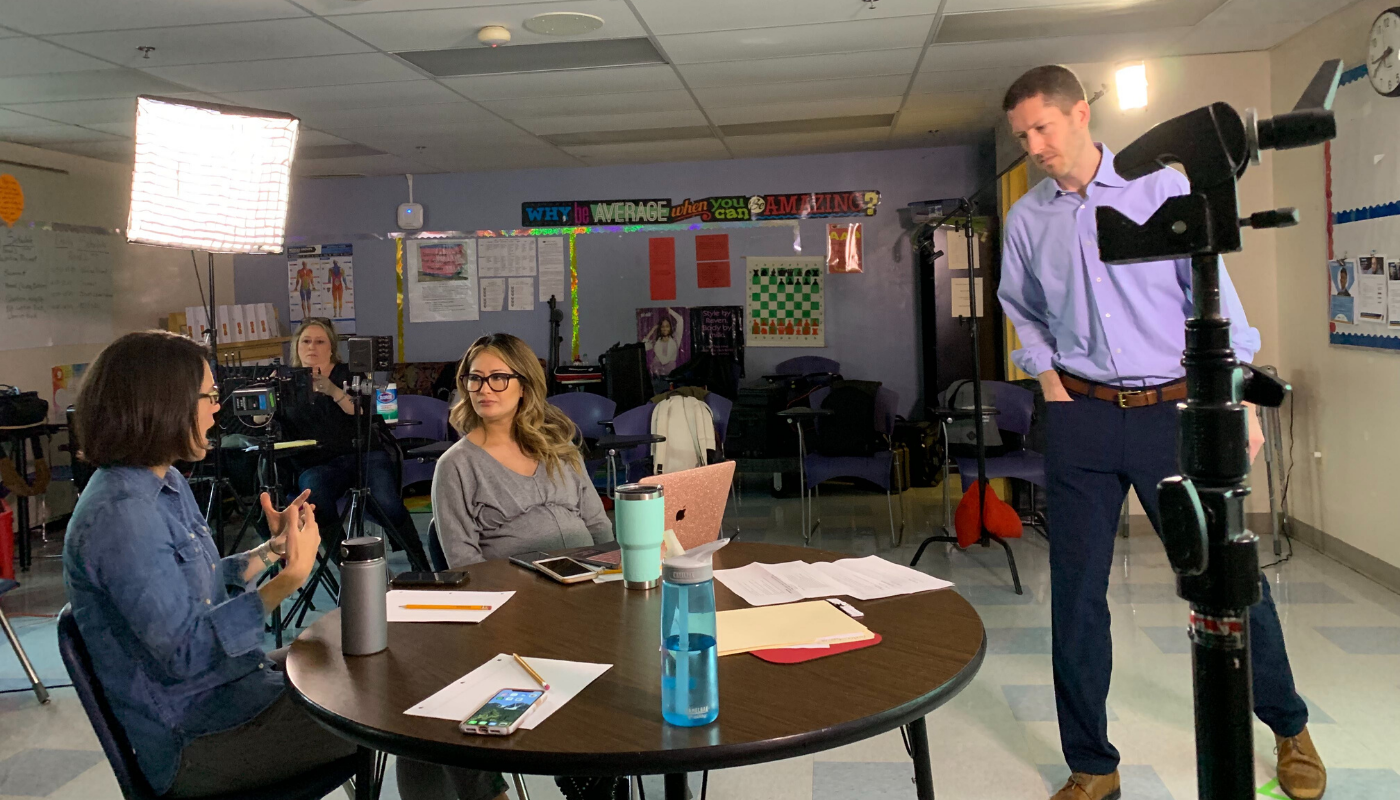
In early March with the looming threat of the Coronavirus we announced our decision to shift this spring’s professional development from an in-person conference to a virtual convening. We still wanted the opportunity for our partners to come together as educators and to utilize technology to rally around the pursuit of preparing our students for success, despite the current challenges.
As our team pivoted to deliver this virtual training, we remained committed to delivering a meaningful experience of the same caliber and rigor as our in-person convenings. In addition, this remote training allowed us to offer access to additional educators who may not have previously been able to participate in-person due to scheduling and travel conflicts. Our goal was to offer an engaging, and relevant virtual convening experience that would prepare our school leaders and educators for an even more successful 2020-2021 school year.
Prior to shifting to a virtual convening, our professional development specialists had engaging workshops, hands-on activities, and in-person processing opportunities planned and ready to go. In a matter of weeks, our team took those plans and optimized them for a live, virtual experience. We also added an after-school option for teachers who had already started teaching remotely.
The Math Course session was one example of what this shift from in-person to virtual looked like behind-the-scenes. In order to effectively translate what was originally planned as an in-person demonstration into a digestible and engaging virtual experience for participants, our staff created instructional videos. This required Summit Learning team members to act quickly to record what would have been the in-person demonstration. More specifically, the demonstration (now video) provides an example of “traditional,” often unproductive math instruction. The intent is to draw a stark contrast between this traditional approach and the Summit Learning approach, modeled in a separate video later during the training, which is supported by learning science. As a result of the new video, educators experienced a smoother, more refined simulation than they would have had they watched several facilitators attempt to model it live over Zoom.
“When we decided to shift from our normal in-person training to a virtual setting, one of my first reactions was, ‘Oh no! What about the traditional demo lesson?’ I had been looking forward to facilitating that live in front of Math teachers and school leaders,”said Kieran McMillen, Professional Development Content Specialist with Summit Learning. “Since it felt like an integral part of the experience, especially given the contrast it creates between traditional math instruction and a more learning science-based approach, I knew we needed to get creative. While we considered demonstrating the traditional approach live over Zoom among 3-4 facilitators, that type of experience wasn’t allowing the demo to meet its full potential and I wasn’t convinced we were making the contrast clear enough for participants. So instead, with the incredible help of numerous colleagues and partners across multiple teams, we were able to find a classroom, collaborate with a professional video team, and ultimately film the same traditional demo lesson we had planned to facilitate in-person.”
An additional video was created to explain our tenants of The Ratio and Zone of Proximal Development. This conversation was originally planned to happen in person, and the Summit Learning team thought it would be more engaging, helpful, and digestible if we created a video explaining the concept. A video allows participants to rewatch, better understand the content, and hopefully share with other educators.
The first of three virtual regional convenings kicked off Monday, March 23rd, with 1,000 educators joining from across the country. While we hope and plan to continue conducting in-person training experiences in the future, the Summit Learning team is dedicated to ensuring teachers and educators continue to receive professional development that is engaging, useful, and relevant to their daily lives, regardless of circumstances.

